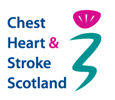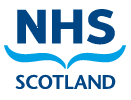What is a panic attack?
A panic attack is defined as: a discrete period of intense fear or discomfort, where symptoms develop abruptly, reach a peak quite quickly, and are not in control.
- Palpitations, pounding heart, or accelerated heart rate.
- Sweating, trembling.
- Sensations of shortness of breath or smothering.
- Feeling of choking, chest pain or discomfort.
- Nausea or abdominal distress.
- Feeling dizzy, unsteady, lightheaded, or faint.
- Feelings of unreality or being detached from oneself.
- Fear of losing control or going crazy.
- In extreme cases, a fear of dying.
Sometimes people use the word 'panicking' to describe a wide range of anxiety states from generalised worry (in this situation you remain in control) – e.g. ‘I panicked at the thought of going out’ to a full panic attack (when you do not feel in control). This can be very debilitating. It is important to clarify with the person what exactly they mean by the word 'panic' to be able to offer or direct them to appropriate advice and treatment.
COPD patients are ten times more likely to experience panic disorder or panic attacks compared with the general population.*
Reference
- Livermore N, Sharpe L, McKenzie D. Panic attacks and panic disorder in chronic obstructive pulmonary disease: a cognitive behavioral perspective. Respir Med. 2010;104(9):1246–1253.




